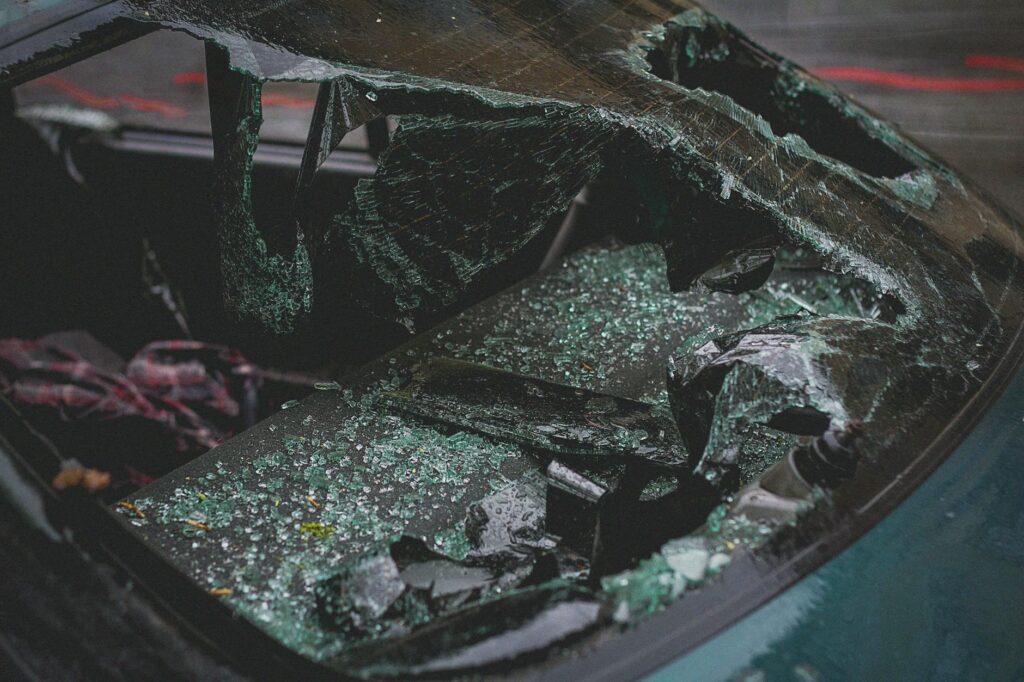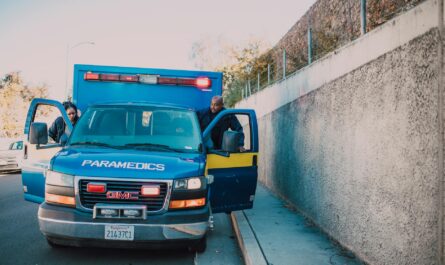Introduction
Car insurance can seem like a confusing maze of jargon and policies. Understanding what your car insurance covers is crucial for protecting yourself financially in the event of an accident or unexpected incident. This blog post will break down the key aspects of car insurance coverage, helping you navigate this important topic with confidence.
Liability Coverage
Liability coverage is a cornerstone of any car insurance policy. It protects you financially if you’re at fault in an accident that causes injury or damage to someone else. This typically covers medical bills, lost wages, and property repair costs for the other party involved. The amount of liability coverage you carry is usually expressed as a three-number set (e.g., 25/50/25), representing bodily injury liability per person, bodily injury liability per accident, and property damage liability. Choosing adequate liability coverage is critical, as a significant accident could easily exceed the limits of a low coverage policy. 
Collision Coverage
Collision coverage protects your vehicle in the event of an accident, regardless of who is at fault. This means that if you hit another car, a tree, or even a deer, your collision coverage will help pay for repairs or replacement of your vehicle. Keep in mind that collision coverage usually has a deductible, meaning you’ll pay a certain amount out of pocket before your insurance kicks in. The deductible is often a trade-off between premium cost and out-of-pocket expense. Learn more about deductibles.
Comprehensive Coverage
Comprehensive coverage is designed to protect your car from non-collision events. This includes damage caused by theft, vandalism, fire, hail, floods, or even animal strikes. While collision coverage handles accidents, comprehensive coverage covers these other potential risks to your vehicle. Like collision coverage, it typically has a deductible.  Consider whether this coverage is a necessary expense based on your vehicle’s value and your personal risk assessment.
Consider whether this coverage is a necessary expense based on your vehicle’s value and your personal risk assessment.
Uninsured/Underinsured Motorist Coverage
Uninsured/underinsured motorist (UM/UIM) coverage is important protection for situations where you’re involved in an accident with a driver who doesn’t have insurance, or who doesn’t have enough insurance to cover your damages. It’s highly recommended to carry this coverage, as it protects you from significant out-of-pocket expenses should you be hit by an uninsured or underinsured driver. This article explains UM/UIM coverage in more detail.
Medical Payments Coverage (Med-Pay)
Medical payments coverage, or Med-Pay, helps cover medical bills for you and your passengers, regardless of fault. This coverage can be especially helpful in situations where injuries are minor and may not require a full liability claim. It’s a valuable supplemental benefit to your health insurance. Note that Med-Pay typically has limits, and benefits usually don’t extend to passengers injured while operating your vehicle without your consent. Learn about medical payment coverage limits.
Conclusion
Understanding your car insurance coverage is a crucial step in responsible vehicle ownership. By reviewing these key aspects, you can make informed decisions about the type and amount of coverage that best suits your needs and budget. Remember to regularly review your policy and adjust it as needed based on your lifestyle and financial situation. Use this insurance comparison tool to find the right plan for you. Don’t hesitate to consult with an insurance professional for personalized advice. [IMAGE_3_HERE]
Frequently Asked Questions
What is a deductible? A deductible is the amount you pay out-of-pocket before your insurance coverage begins to pay.
What if I’m not at fault in an accident? If you’re not at fault, the other driver’s liability insurance should cover your damages. However, you may still need collision coverage for your own vehicle.
How do I choose the right amount of liability coverage? This depends on your assets and risk tolerance. It’s wise to consult with an insurance professional or use an online calculator to determine the best level of coverage for your circumstances.
Can I add riders to my policy? Yes, many insurance companies offer add-on options such as roadside assistance, rental car reimbursement, or gap insurance, depending on your policy and provider.
What are the penalties for driving without insurance? Driving without insurance can result in substantial fines, license suspension, and difficulty registering your car in the future. Learn more about your state’s regulations.



